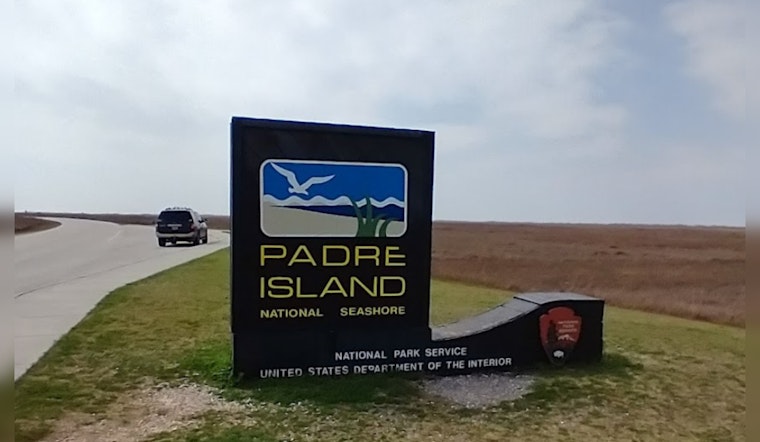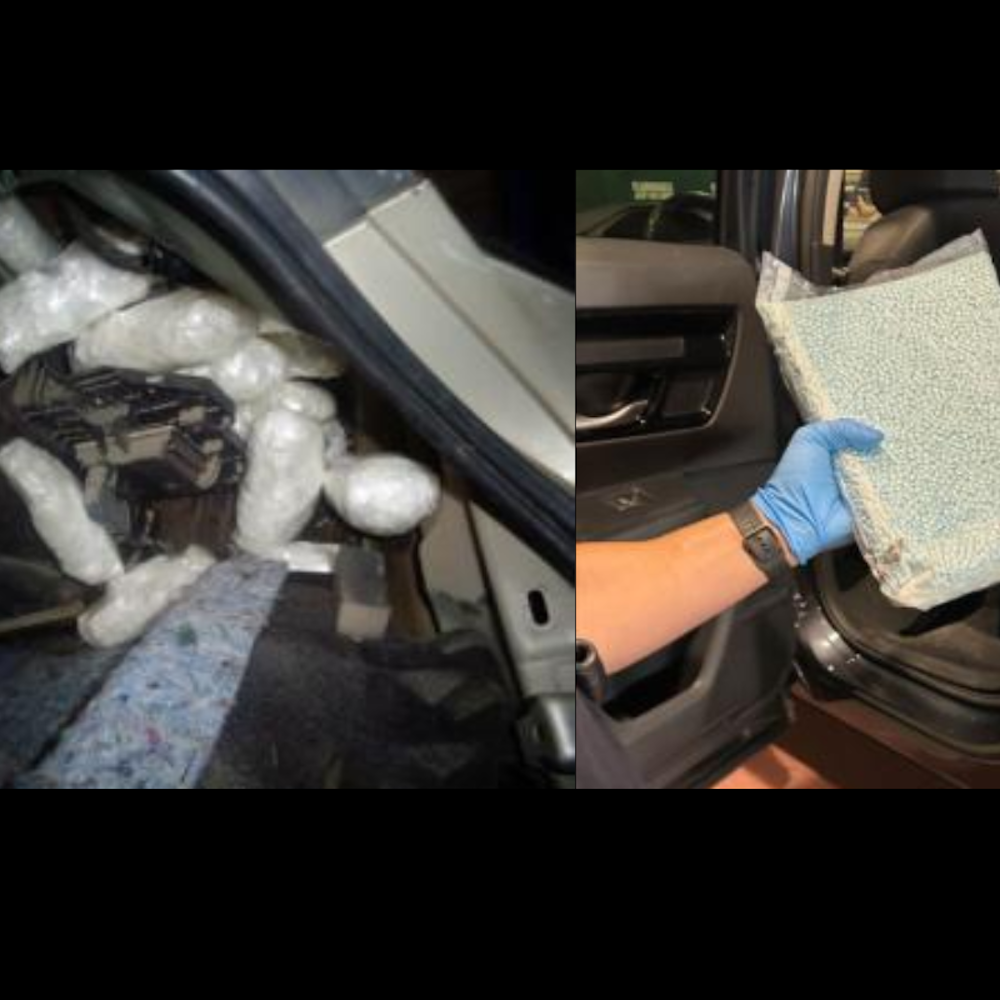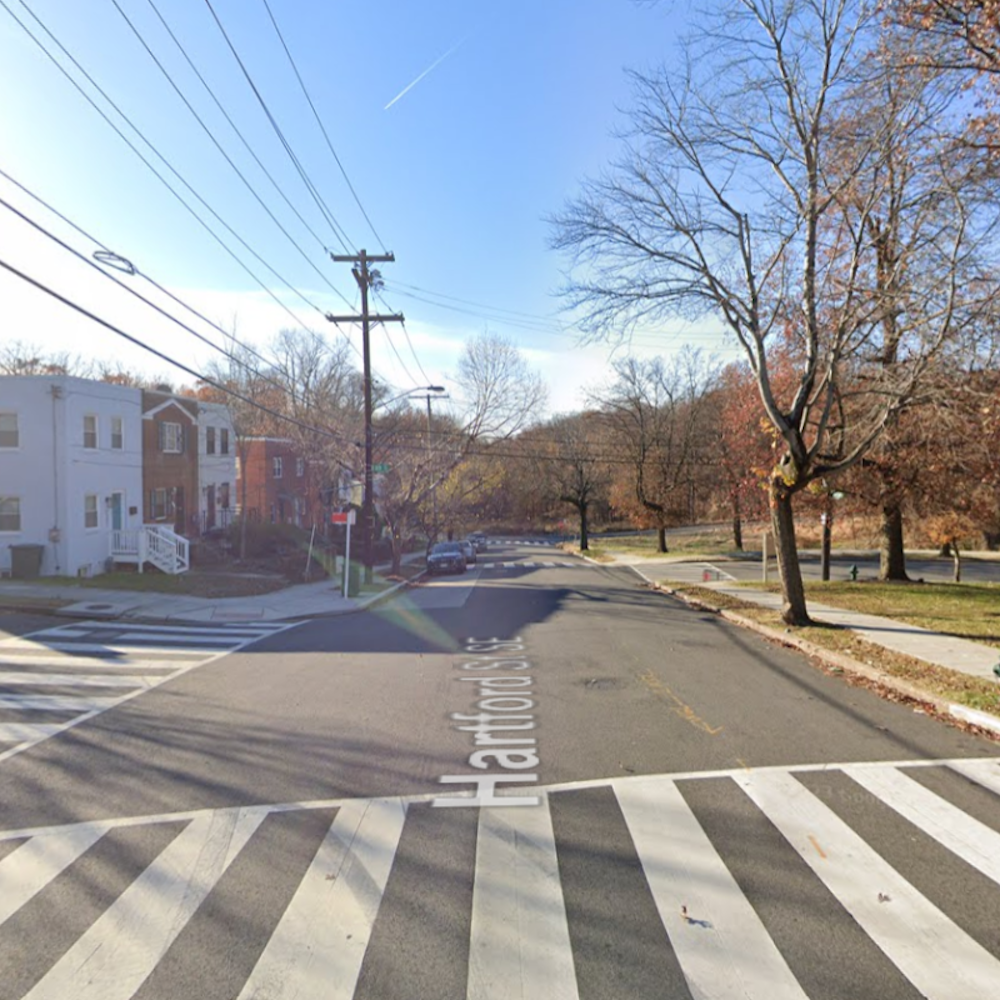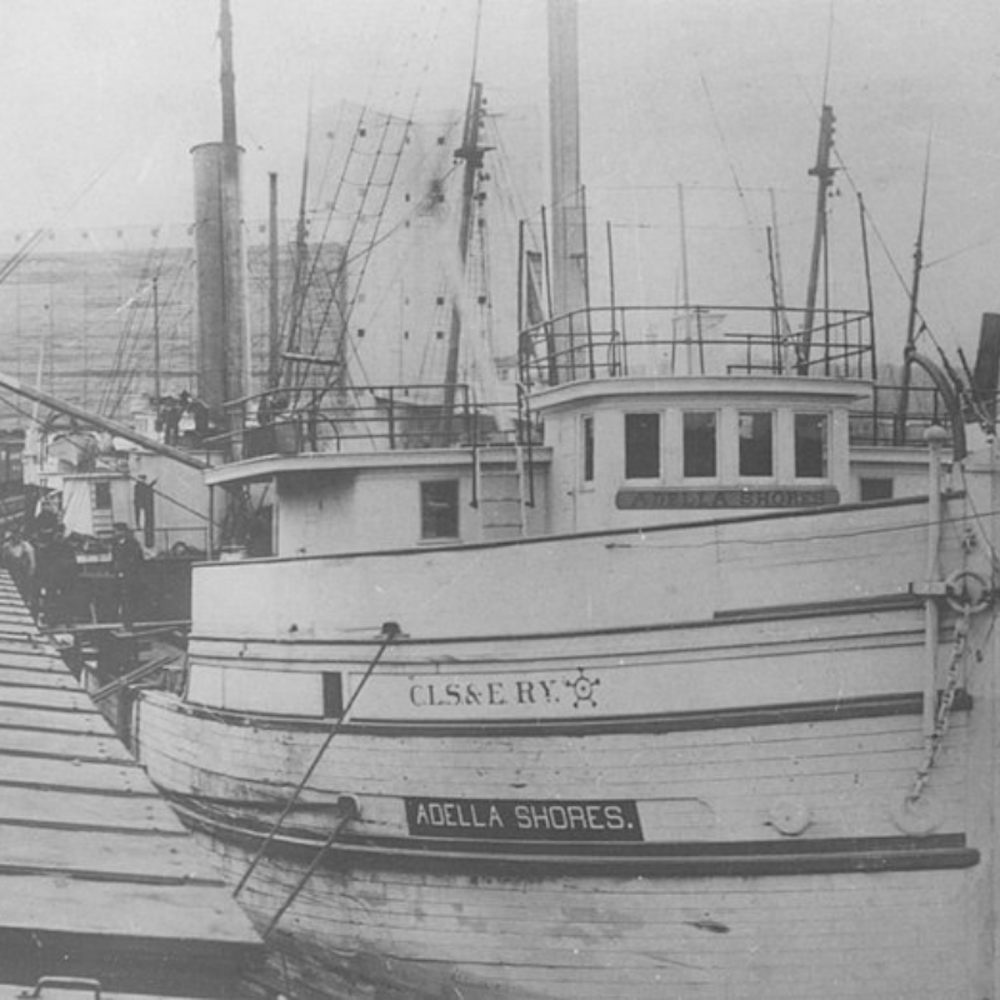
The fight to save the endangered Kemp's ridley sea turtles is gaining momentum with the discovery of the first nest of the year at Padre Island National Seashore, Texas has announced. This event ushers in the annual conservation efforts for these turtles, known to be the most endangered sea turtle species in the world. According to the Houston Chronicle, experts at the park discovered the nest earlier this week, marking a significant beacon of hope for their international preservation.
Kemp's ridley turtles prefer the Gulf of Mexico's coasts, meaning that Texas beaches play a crucial role as a main nesting ground for the turtles. Despite the species being the smallest sea turtle, with adults averaging about two feet in size, their plight is nothing short of massive. Sea Turtle Inc., a nonprofit based in South Padre, Texas, dedicated itself to ensuring the safety and rehabilitation of this imperiled species. "Mommas are back!" they celebrated on Facebook, alluding to the timely return of the turtles to lay eggs as reported by the Chron.
In a striking illustration of their dire situation, the U.S. Fish and Wildlife Service has highlighted the steep 99.4% reduction in the number of Kemp's ridley nests from the 1940s to 1980s. Such alarming numbers have propelled joint conservation efforts between the U.S. and Mexico, including a dedicated nesting colony on the Padre Island National Seashore. This year’s first nest, laid by a first-time nester, contained 81 eggs, which trained biologists have swiftly relocated to incubate in a protected environment. The newborn turtles are expected to join the Gulf waters within 42 to 56 days, their journey closely monitored by Padre Island National Seashore.
Despite these efforts, the species' struggle for survival is ever-present on the beaches, where they are vulnerable to predators and human interference. The turtles, which nest during daytime, often are unable to move out of harm's way due to a trance-like state that overtakes them during nesting. As a result, visitors to Texas beaches are urged to drive carefully and promptly report any sightings to the provided hotline, 1-866-TURTLE-5, as instructed by the Fish and Wildlife Service. The agency further advises to mark nesting sites with beach debris if a biologist cannot immediately reach the location, according to the Houston Chronicle.
Looking back, the Turtle Island Restoration Network takes note of the historical context of these creatures, recalling the once densely-packed beaches near Rancho Nuevo, Mexico, where around 40,000 Kemp's ridley turtles nested in 1947. The contrast with last year's 256 nests found in Texas is a stark reminder of the species' ongoing struggle. Now, with both the nesting and hatching season extending from April through late August, attentiveness to their safekeeping has never been more critical. The anticipation builds as Sea Turtle Inc. braces for the grand opening of what will be the largest, dedicated sea turtle hospital in the world by 2024, heralding a new chapter in sea turtle conservation.









